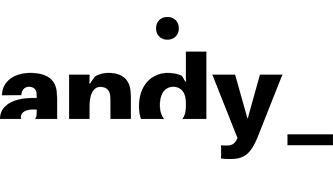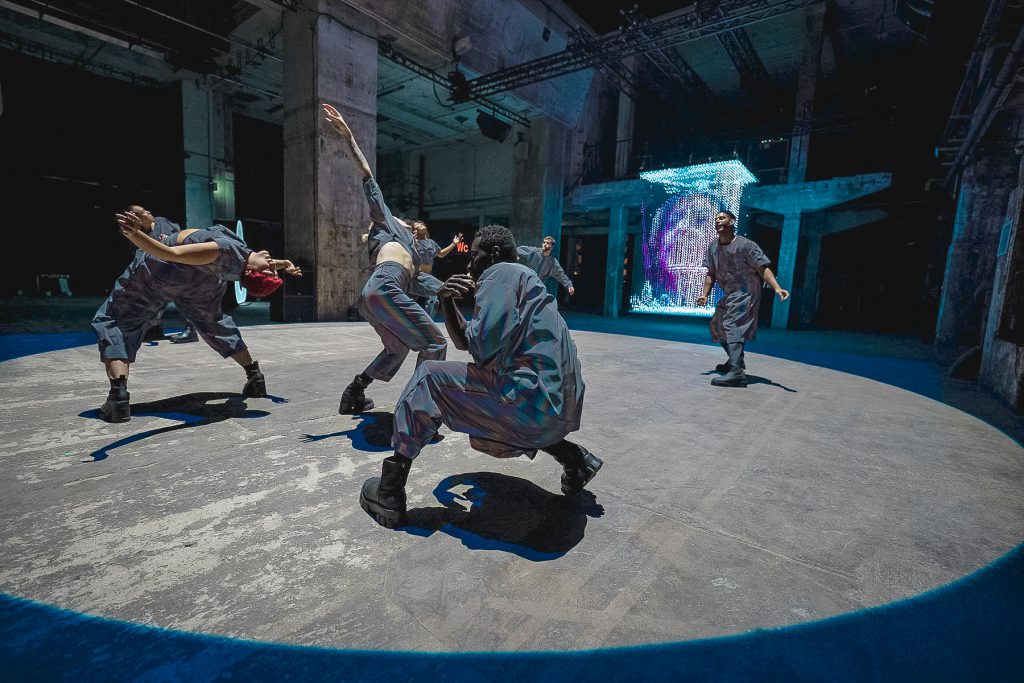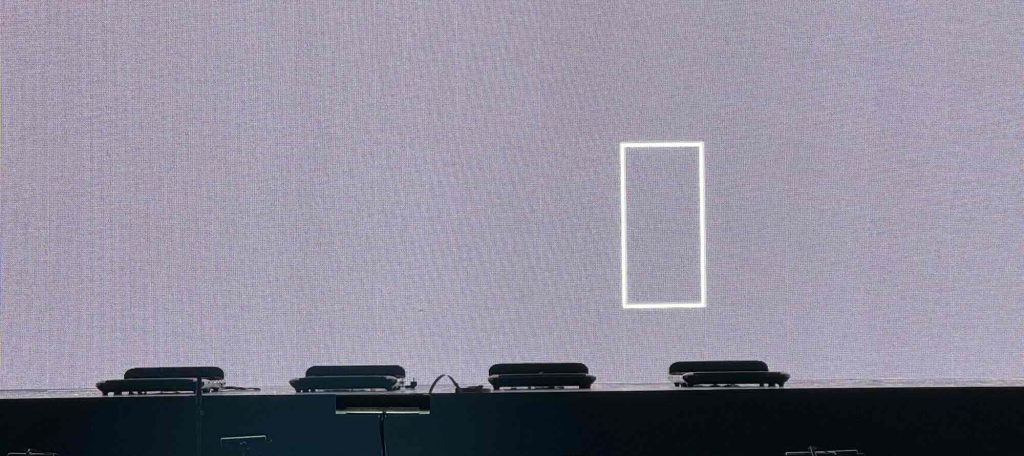How Freelance Show Creatives Build Momentum Between Projects
When you’re a freelance creative director or show director, you’re more than just your role—you are your own brand, your own platform, your own company.
And that means: when projects pause, when scopes shift, or when timelines get pushed (as they always do in live entertainment), you don’t just sit around waiting. But what exactly do you do?
Unlike dancers and choreographers, who do or offer classes, or project managers, who may go into wrap-up and prep-up periods, freelance creative leads in the live and experiential world sit in a very specific kind of gap between projects. The show has closed (or maybe never opened), the team disbands, and suddenly you’re back to just… you. The “in-between” can feel uncomfortable—but it doesn’t have to be aimless. It’s a gift and, in fact, a privilege to be able to work on the things that propel you and your career forward.
This post is about how to use the gap wisely—both for your mental wellbeing and your creative business.
First: The Psychological Bit
Let’s be honest: Freelancing in the creative industries is cyclical. High-intensity, full-tilt project phases followed by quieter times. The problem is, those quiet times can feel like failure. Even though they’re not. There’s a sneaky voice in the back of your mind that whispers,
“If I were really good at this, I’d be booked solid.”
But that voice forgets how the industry works. Gaps are normal. They’re the tiny cost of freedom. The trick is to normalize them without letting them erode your confidence.
Instead of seeing the gap as a void, see it as open space—space to refine your tools, nurture your network, and build momentum for what’s next.
Five-Day Framework: Propel Your Creative Momentum
Echoing my dancer and choreographer friends, the first and most important advise it: STAY ACTIVE. If you are prone to experiencing mild to mid post-project depression, I personally found that activities, movement, gym, sauna, swimming really IS therapy. And no wonder – the hassle from your project ends, but your body still produces the hormones it needed to push you through this phase. So, make sure, you keep moving. Don’t let your body starve on the couch for too long: do what feels good and get out.
Here’s a weekly structure I’ve found keeps both the creative brain and the business brain humming. It’s not rigid—think of it as a rhythm, not a rulebook.
Two Days – Client Building
This is about staying connected. You’re not chasing work—you’re keeping yourself in the conversation.
- Reach out to past collaborators.
- Send a thoughtful email to an old producer contact just to check in.
- Research agencies, festivals, or brands that align with your creative world and introduce yourself.
- Schedule a coffee (real or virtual) with someone whose work you admire.
- If you go travel after the project, write to agencies and possible partners at the destination location.
This is how you keep your network warm without feeling salesy. You’re not pitching. You’re planting seeds.
One Day – Craft Development
Freelancers often forget that you are your product.
- Refresh a section of your portfolio or showreel.
- Start a moodboard for a dream project you’ve never pitched.
- Dive into learning: watch that documentary on immersive environments, or explore new tech that could elevate your next show.
- Do online or in-person trainings. Work on those skills. Review your achievements critically and find those sweet spots that deserve levelling up!
- Do research on industry trend reports, and become your own specialist.
- Read that book you’ve always wanted to read. Take notes and make it your project to understand and maybe even implement its POV’s to your daily routines.
- Check out the psychology and self-development shelves in your local bookstore. They are a goldmine when it comes to identifying where more love is needed to flow into.
This keeps your creative self sharp—so when the next project lands, you’re not just ready, you’re re-energized.
One Day – Content Visibility
Let people know how you think, not just what you’ve done.
- Share a small insight on LinkedIn about something you’ve learned from a past project.
- Post a behind-the-scenes photo with a reflection on creative process.
- Write a short commentary on trends in live experiences, storytelling, or audience engagement.
This isn’t about chasing likes. It’s about reminding people you exist, showing your thought leadership, and reinforcing your creative positioning.
One Day – Future Building
Take a step back. What’s the bigger picture?
- Write out your dream project brief.
- Get your ducks in a row for a future team you’d like to bring together. Update your contacts, let them know you’re looking to network.
- Reflect: What kinds of collaborations or formats do you want more of? What do you want to leave behind?
- Package a new offer: Could you consult on creative strategy for brands? Coach emerging directors?
- Go super-big picture: What is the version of yourself you want to be at 40 / 50 /60 years old? And how does it feel to compare those versions to your current state? What are the steps you could potentially start with right away?
This is your vision day—the one that puts you in charge of what’s next.
Perspective Shift
If you treat these points as part of your daily foundation—alongside gym visits, yoga, journaling, herb gardening, or whatever else keeps you grounded—then paid project work becomes a welcome interruption to your creative rhythm, not the sole definition of it. Once a project wraps, you’re not left lost—you’re simply returning to your focused, self-directed practice.
Final Thoughts: Open Energy > Desperate Energy
Clients can feel energy. There’s a world of difference between:
“I’m waiting for work”
and
“I’m making space for the next right project.”
Stay open. Stay curious. Even when it’s quiet, keep moving. You’re not waiting. You’re shaping your creative company from the inside out.
TL;DR: Top 5 Tips for Freelance Show Creative in a Gap
- Reframe the pause—it’s open water, not a void.
- Connect, don’t chase—revisit old contacts and nurture new ones.
- Sharpen your tools—your creativity is your product.
- Stay visible—share thoughts, not just portfolios.
- Design your future—define what you want to work on next.
Freelancing is freedom, but it’s also stewardship. You’re not just waiting for the next gig—you’re building the platform that the next gig will land on.
Stay steady. Stay curious. The next great project is out there—but you get to shape how it finds you.



